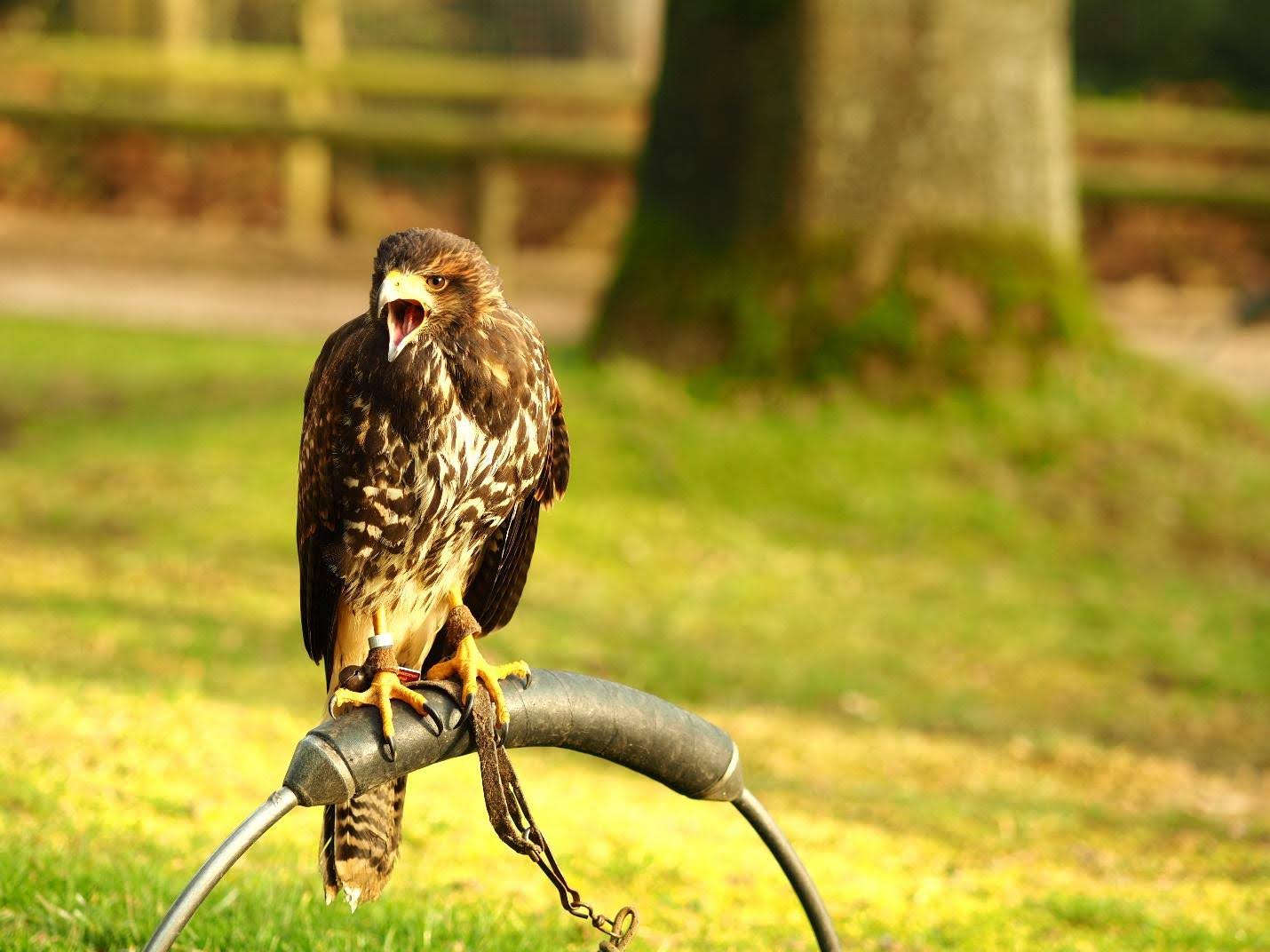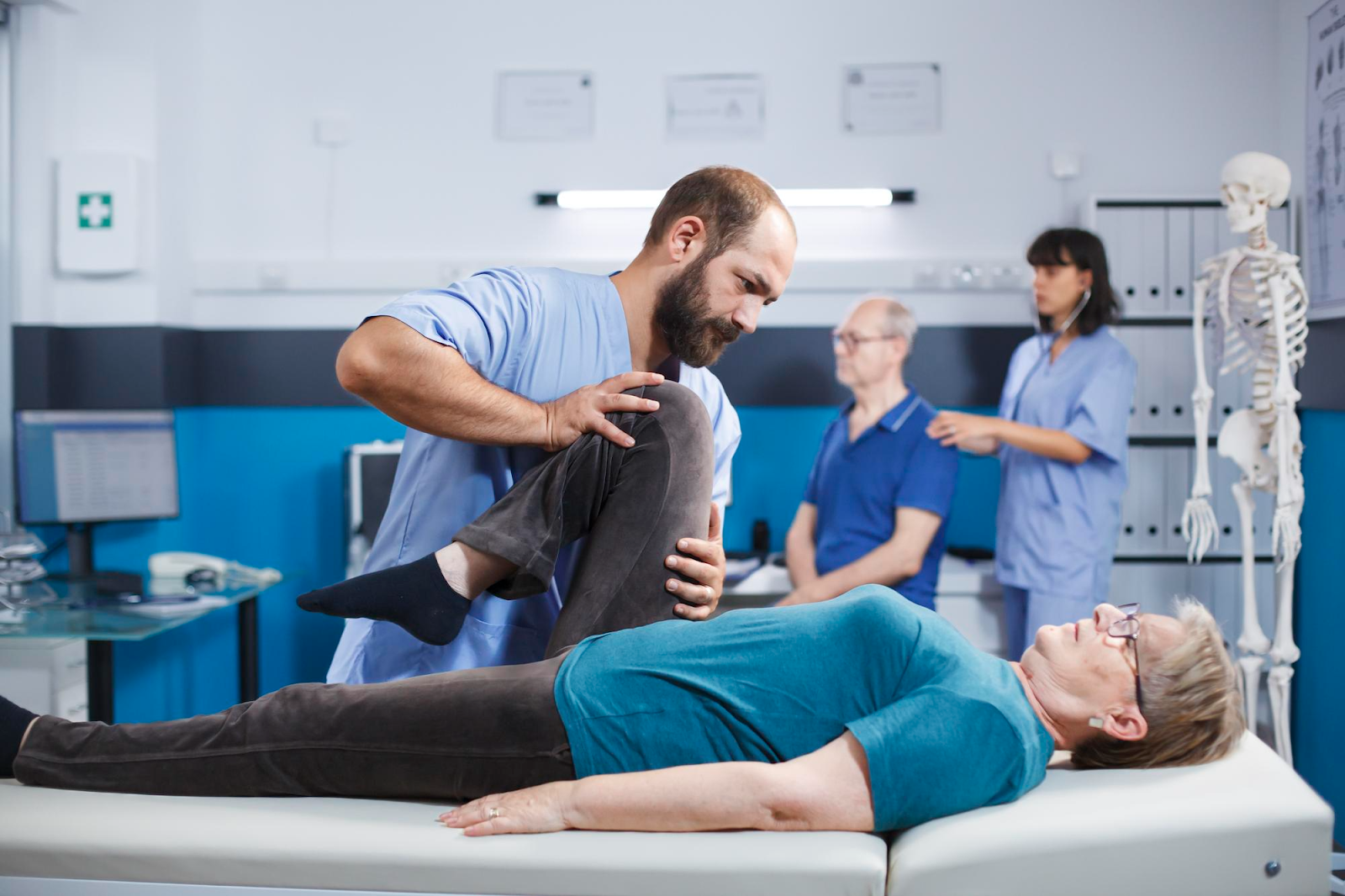Falconry isn’t just about training birds, as it’s about building a relationship based on trust and control. Equipment has to maintain a balance between the handler’s safety and the bird’s freedom in order to accomplish this. Falconry jesses are one of the most essential tools in this process.
Falconer and hawk are connected by these straightforward leather straps, but their fit, material, and design make all the difference. The adaptability of custom jesses to various bird species and their importance in controlled flight will be discussed in this article.
Understanding the Role of Falconry Jesses
Jesses are the strips of leather that are fastened to a falconer’s legs to help them maintain control during training and flying. Beginners often ignore them, although they are just as important as hoods or gloves.
Well-designed falconry jesses, the bird can safely remain attached to the handler while training its wings, practicing flying, and developing strength. Low-quality or poorly-made jesses can cause mishaps while flying, restrict blood flow, or damage a bird’s legs. Customization is therefore essential, taking into account factors like species, size, and activity level.
Material Choices
Usually, the falconry jesses are made from cowhide or kangaroo leather because of their strength and flexibility. Practically lightweight and strong, kangaroo leather is a favorite among experienced falconers. However, because of their resilience to wear, stretching, and dampness, synthetic materials like parachute cord are becoming more popular.
Why Customization Matters for Different Bird Species
The strength, size, and personality traits of a golden eagle, a peregrine falcon, and a red-tailed hawk are all very different. A standard-size joke isn’t realistic and may even be dangerous in certain situations. Lightweight jesses constructed of flexible yet sturdy leather enable swift movement for small falcons.
Larger birds require stronger, thicker jesses to endure their force. Custom sizes and lengths guarantee the bird can rest and fly comfortably while avoiding needless effort. When properly made, custom jesses blend in with the bird’s natural movement, making them safe but unnoticeable. This enables the falconer to train efficiently.
Common Mistakes to Avoid with Jesses
Even experienced handlers occasionally fail to notice details that have a significant impact. Typical mistakes include the following:
- Large jesses: These are uncomfortable and restrict flight because they are too heavy or thick.
- Ignoring upkeep: If leather is not maintained, it dries up and splits, which can cause breaking or injury to the legs.
- Improper attachment: The bird’s legs may get injured, twisted, or slip if the jesses are not fitted properly.
Wrapping It Up
Falconry is as much about legacy as it is about duty. Despite the small size of falconry jesses, they have a big responsibility in maintaining the comfort of the bird while guaranteeing safe, controlled flight. Falconers can have the best of both worlds with custom jesses made to fit their species and training requirements. Handlers can concentrate more on creating the extraordinary bond that defines the art of falconry and less on equipment failures by selecting and maintaining equipment with care.




